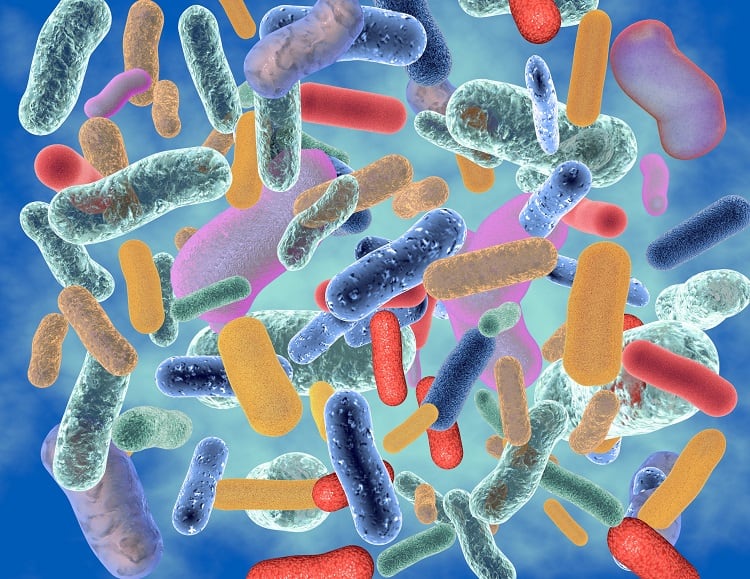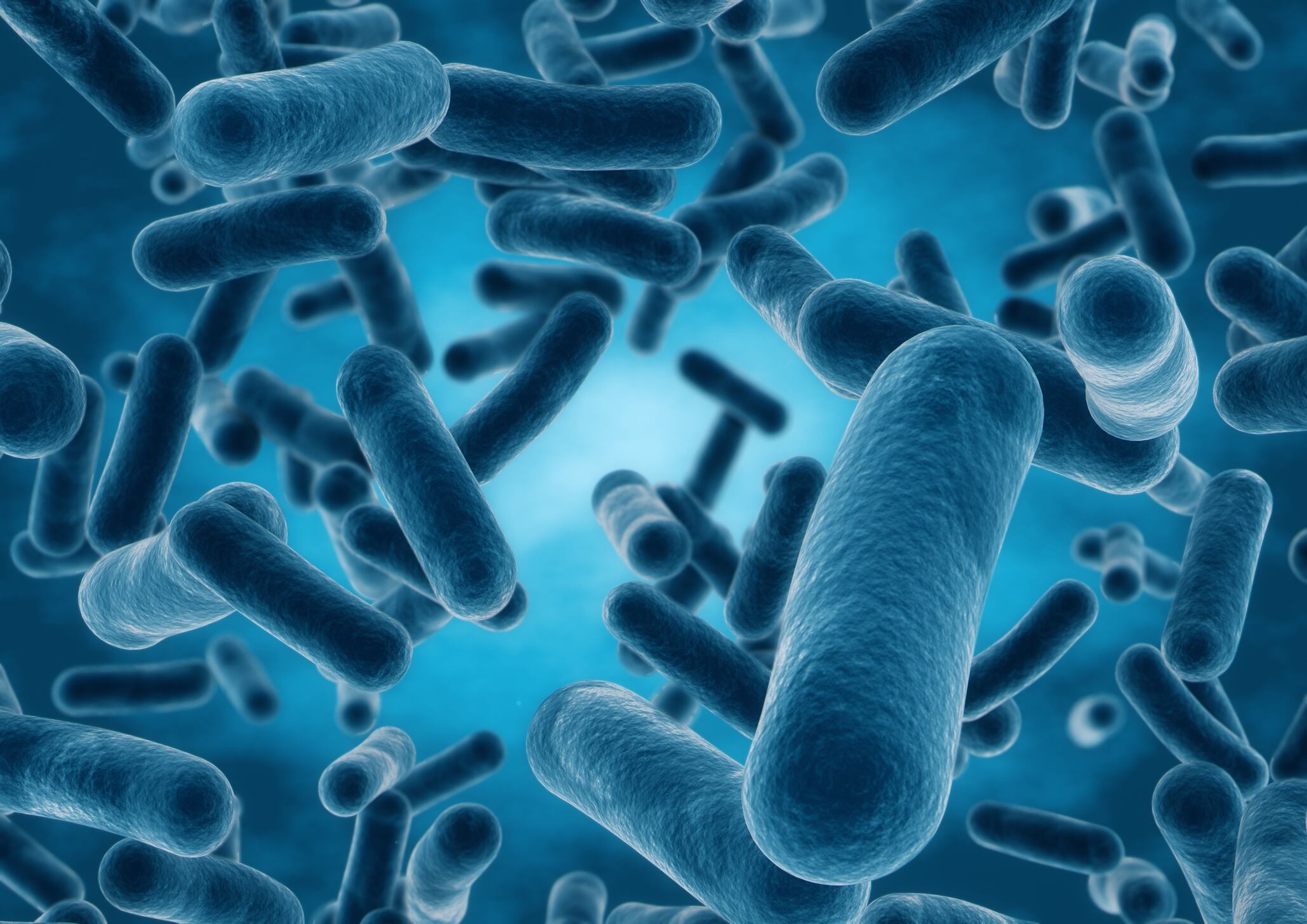Birgit Michelsen is the Chief Technical Officer for Danish probiotic experts Bifodan. At the recent United Natural Products Alliance (UNPA) annual member meeting she reviewed current knowledge of probiotics during the first 1,000 days.
“Some of the best understood areas include the importance of bacterial vaginosis during pregnancy and birth,” Michelsen told NutraIngredients-USA. “Exposure to the maternal microbiota can affect pregnancy and is important for a proper colonization of the infant gut. The infant microbiota starts developing at birth.
“There is much interest, in particular, in fertility and how the microbiota of both parents is important for fertility,” she added. “This is an area that is less well understood than the role of probiotics in pregnancy and in the infant.”
BV
“Seventy percent of future health is affected by the first 1,000 days,” said Michelsen. “We should also look at health status of mother and father, and then mother and infant, then the child.”
Interestingly, as we age, interventions becomes harder, but there is a significant window of opportunity during the preconception stage and then through pregnancy and through growth and development in early childhood, she noted.
Starting with mom, the female genital tract is dominated by lactobacillus, and unlike the gut where greater diversity is seen as beneficial, a less diverse vaginal microbiome is preferred.
Bacterial vaginosis (BV) is characterized by a diverse community with anaerobes, and with low number of lactobacillus. The condition, which if left untreated can lead to 1st trimester bleeding, premature membrane rupture, preterm labor, endometritis, miscarriage, and other risks, is usually treated with broad spectrum antibiotics.
Probiotics can play a key role, however, with clinical trials supporting a role for the beneficial microbes to support vaginal health and to prevent recurrent bacterial vaginosis.
Fertility
Male fertility is being challenged, noted Michelsen, with data from a 2017 paper (Human Reproduction Update, Vol. 23, pp. 646-659), indicating that sperm counts have declined by 52% over a 40 year period.
Intriguing pre-clinical data suggests that probiotics may affect fertility markers, with a 2017 paper by Dardmeh et al (Aalborg University, Denmark) reporting that Lactobacillus rhamnosus PB01 (DSM 14870) supplementation may improve sperm parameters, including testosterone levels and sperm motility. [PLoS One, doi: 10.1371/journal.pone.0185964]
Pregnancy

Moving on to pregnancy, there is data to show that probiotics (Lactobacillus rhamnosus GG and Bifidobacterium lactis Bb12) may improve glucose control during and after pregnancy, said Michelsen [British Journal of Nutrition, Vol. 101, pp. 1679-87], while vaginal probiotic administration may also help prolong pregnancy in women with prematurely ruptured membranes [Daskalakis et al., Fetal Diagnosis and Therapy, 2017, Vol. 42, pp. 92-98].
Carrying on through infancy and early childhood, probiotics such as LGG have been reported to improve symptoms of eczema in infants [Viljanen et al., Allergy, 2005, Vol. 60, pp. 494-500 and Viljanen et al., Journal of Allergy and Clinical Immunology, 2005, Vol. 115, pp. 1254-1259].
The European Society for Pediatric Gastroenterology, Hepatology, and Nutrition also has recommendations for LGG or Saccharomyces boulardii to prevent antibiotic-associated diarrhea (AAD) in children.
Strains
The potential benefits of probiotics are strain specific and Michelsen said that the strains across the first 1,000 days shown to be efficacious for lowering the risk of bacterial vaginosis, include the combination of L. rhamnosus BIFOLAC PB01 and L. gasseri BIFOLAC EB10.
“Further, the strain L. rhamnosus GG has been shown in numerous clinical studies to have a beneficial effect in particular on common infections but also on atopic dermatitis. This is pointing towards a beneficial effect on the immune system,” she said.
The marketplace
Probiotics for the first 1,000 days as a concept has so far mainly been discussed in scientific forums, says Bifodan, while products available in the market place typically targets one specific condition or challenge in this period.
Infant products are relatively well known, with an increase in online consumer reviews of 83% from 2017 to 2018, closely followed by probiotics for pregnant and breastfeeding mothers, which increased by 62% (according to data from Lumina Intelligence).
Lumina Intelligence also notes that key areas of concern for consumers when purchasing probiotics for children include colic, constipation, and diarrhea reduction. Culterelle is the most review probiotic brand positioned for the ‘first 1,000 days’ based on data from 19 countries, added Lumina.
The idea of supplementing mom, dad and baby continuously for 1,000 days with a variety of products has yet to be established which open an interesting opportunity for engaging a dialogue with consumers.



